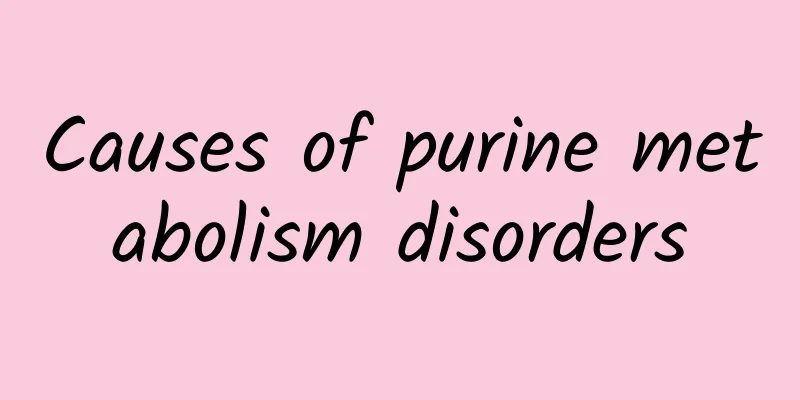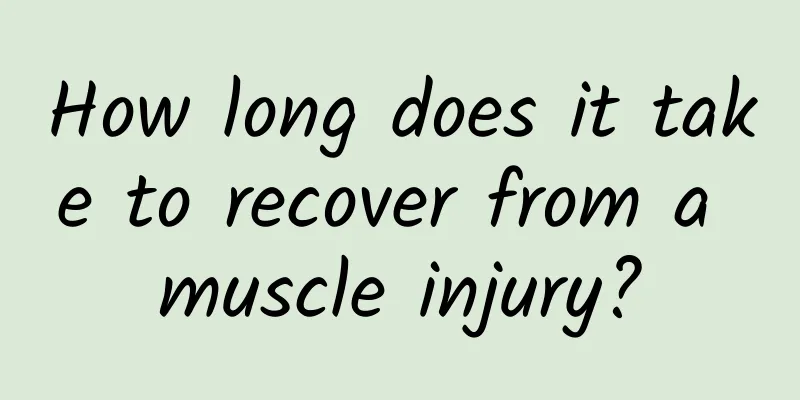What are the side effects after the intervention?

|
With the advancement of science and technology, medical treatment methods are also constantly improving, and interventional therapy is one of them. Because some diseases require treatment in very specific areas of the human body and are difficult to treat with conventional treatment methods, interventional treatment can play a big role and achieve good results. Interventional treatment requires entering the human body, so what side effects will there be? Adverse reactions to interventional radiotherapy are mainly related to puncture and intubation. The specific performance is as follows: Bleeding or hematoma at the puncture site: Common causes include repeated intubation, unskilled operation techniques, improper local compression, or patients with coagulation disorder, hypertension and other symptoms. A small amount of bleeding can be absorbed by itself, but if the hematoma is large, it will compress the local veins and even develop into thrombophlebitis. Choose a thin and flexible puncture needle, and apply proper compression and bandage on the proximal end of the puncture point when removing the tube. For patients with hypertension and coagulation disorders, symptomatic treatment should be given before puncture. These measures can prevent bleeding and hematoma. For a larger hematoma that has already occurred, local moist hot compress or physical therapy the next day can be used, and 500 to 3000 IU of hyaluronidase can be injected into the hematoma. If the hematoma compresses nearby blood vessels and nerves, surgical removal can be considered. Arterial thrombosis and embolism: Arterial intimal damage during catheterization, or insufficient heparinization of the blood resulting in a hypercoagulable state and vasospasm are common causes of arterial thrombosis. The detachment of thrombi and atherosclerotic plaques can cause vascular embolism. The methods to prevent thrombosis are to be gentle and careful during puncture to reduce damage to the blood vessel endothelium; to shorten the time the catheter is in the blood vessel as much as possible; and to inject heparin after the catheter is inserted into the blood vessel to heparinize the blood throughout the body. Spinal cord injury: Spinal cord injury is a side effect of bronchial artery angiography and infusion chemotherapy. The bronchial arteries, especially the right main trunks 4 to 6, share the same trunk with the intercostal arteries, which anastomose with the spinal cord. When encountering small blood clots, too high concentrations of ionic hyperosmotic contrast agents, or excessive doses of anticancer drugs, the spinal arteries can be easily damaged, causing water accumulation, ischemia, and edema. Clinically, anticancer drugs with high arterial toxicity are mainly used to minimize damage to blood vessels. Once symptoms of spinal cord injury appear, they should be treated actively and quickly, such as early use of dehydrating agents to reduce edema, use of papaverine, niacinamide and other vasodilators to improve blood circulation, use of hormone drugs to reduce local inflammation, and application of neurotrophic drugs such as ATP, coenzyme A, vitamin B6, vitamin B12, etc. Generally, recovery occurs within 2 to 3 weeks after effective treatment. Transient vasospasm: The main reasons are due to multiple damaging punctures and prolonged intubation. Patients with diseases such as diabetes, atherosclerosis, and vascular embolism are prone to vasospasm, which mainly manifests as local pain and is also prone to slow blood flow or thrombosis. For limb vasospasm, 25-50 mg of tolazolin can be injected through the catheter or local hot compress can be applied. For visceral vasospasm, 5 ml of 2% lidocaine can be injected through the catheter. If necessary, 100-150 mg/h of heparin can be injected to prevent thrombosis. Other complications: Other complications of puncture and cannulation include infection, fistula formation, vascular injury or rupture, arterial dissection, pseudoaneurysm, and intravascular catheter wire breakage or catheter kinking. The basic method to prevent these complications is to master the essentials during intubation, operate correctly, and be gentle and careful. Interventional treatment has side effects and risks. But objectively speaking, it still has incomparable advantages over traditional surgical operations! Advantages of interventional therapy: The advantages of interventional treatment over other surgical treatments are that it does not require surgery and generally only requires local anesthesia rather than general anesthesia, thus reducing the risk. The treatment causes little damage, has quick recovery, and good results. It does not interfere much with the body and protects normal organs to the greatest extent. Secondly, for malignant tumors that currently have no cure, interventional therapy can limit the drugs to the site of the lesion as much as possible, while reducing side effects on the body and other organs. For this reason, interventional therapy has become one of the three major clinical disciplines alongside traditional internal medicine and surgery. Many interventional treatments have become one of the most important treatments for certain diseases, and have even replaced or eliminated the original surgical operations. At present, the main interventional treatment for tumors in clinical practice is to infuse chemotherapy drugs into the tumor through selective arterial catheterization and embolize the tumor's oxygen supply vessels, thereby cutting off the tumor's supply, increasing the local chemotherapy drug depth of the tumor, and causing ischemia and necrosis of the tumor. Interventional treatment of tumors is mainly used to treat: uterine fibroids, adenomyosis, head and neck tumors, bronchial lung cancer, breast cancer, gastric cancer, etc. |
<<: Are there any side effects if you do too much nebulization?
>>: Are there any side effects to children's exposure to blue light?
Recommend
Symptoms of waist wind
It is common for the waist to be affected by wind...
Angelica Blood-Nourishing Soup, drink more if you have Qi deficiency and blood deficiency!
Angelica is a common Chinese medicinal ingredient...
Can I get pregnant with a small uterus?
The sizes of organs in different women's bodi...
How to treat ear fungal infection?
The ears may also get fungal infections, which I ...
Symptoms of Bipolar Disorder, a Common Mental Illness
Bipolar disorder is also known as manic depressio...
What to do if the vagina is inflamed
It is common for men to have inflammation of the ...
What medicine to take for severe cold
In life, many people are prone to catching colds,...
How to calculate the degree of cosmetic contact lenses
Many people like to wear colored contact lenses, ...
What causes headache on the right side
There are many reasons for headaches, but no matt...
What does Liver Qi Stagnation mean?
The liver is an organ that metabolizes toxins in ...
What color is urine during early pregnancy
For women in the early stages of pregnancy, they ...
What is cellular immunotherapy?
Cell immunotherapy is actually a relatively advan...
What causes male vulvar itching?
When it comes to vulvar itching, many men think t...
How to eliminate the foreign body sensation in pharyngitis
A foreign body sensation in the throat is a commo...
What are the treatments for congenital cerebrovascular malformations?
Congenital cerebrovascular malformation is a here...









